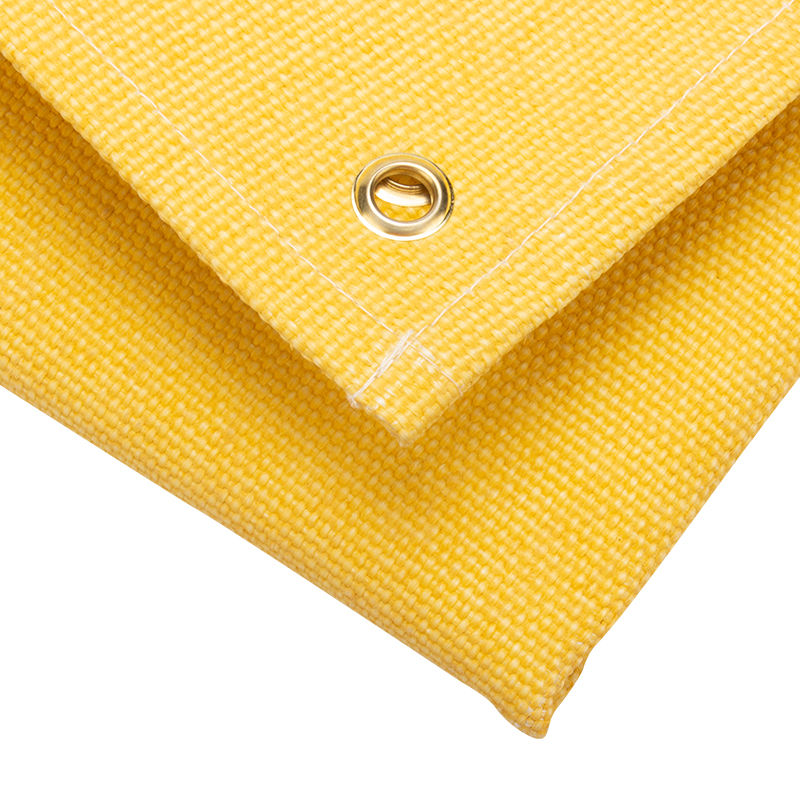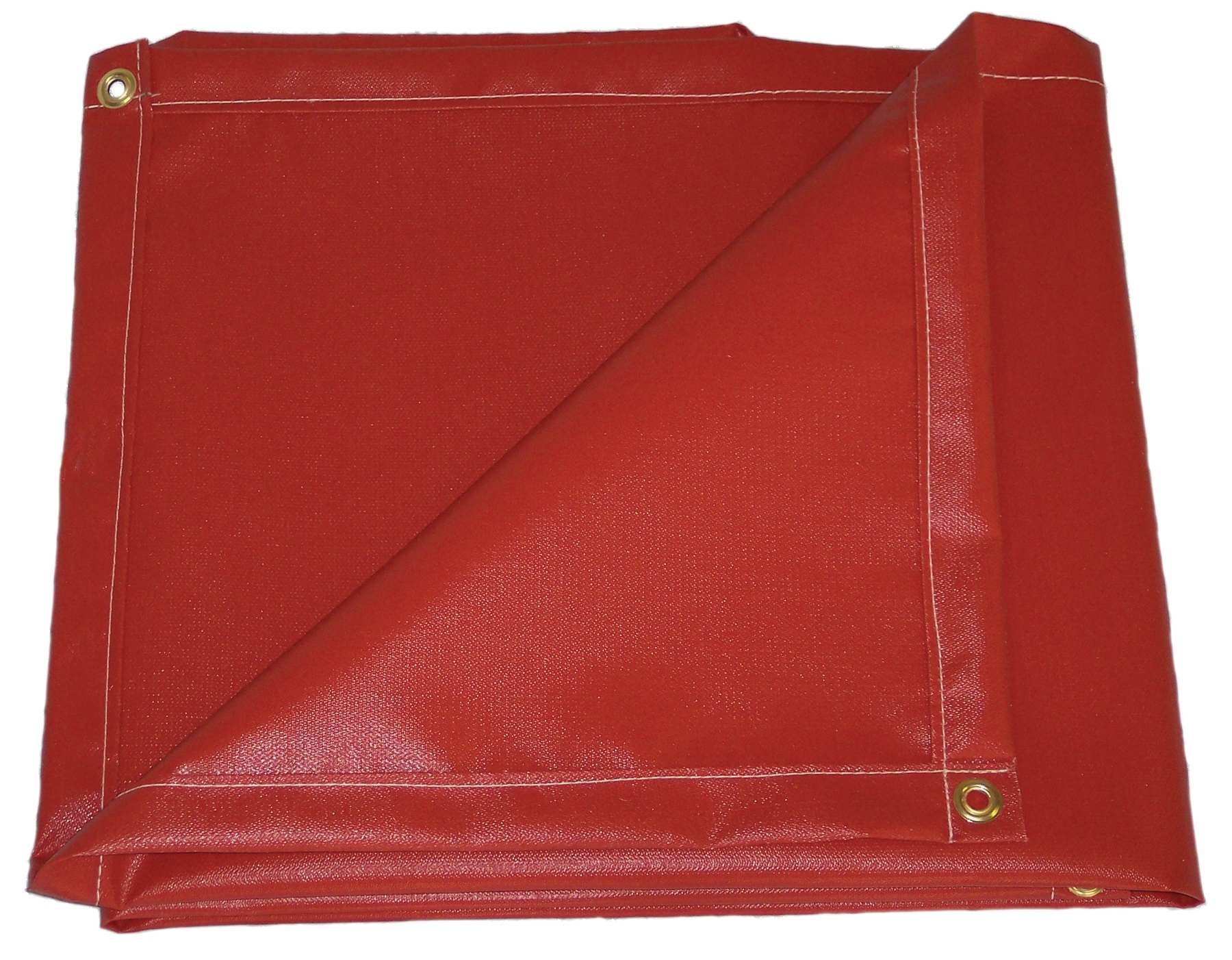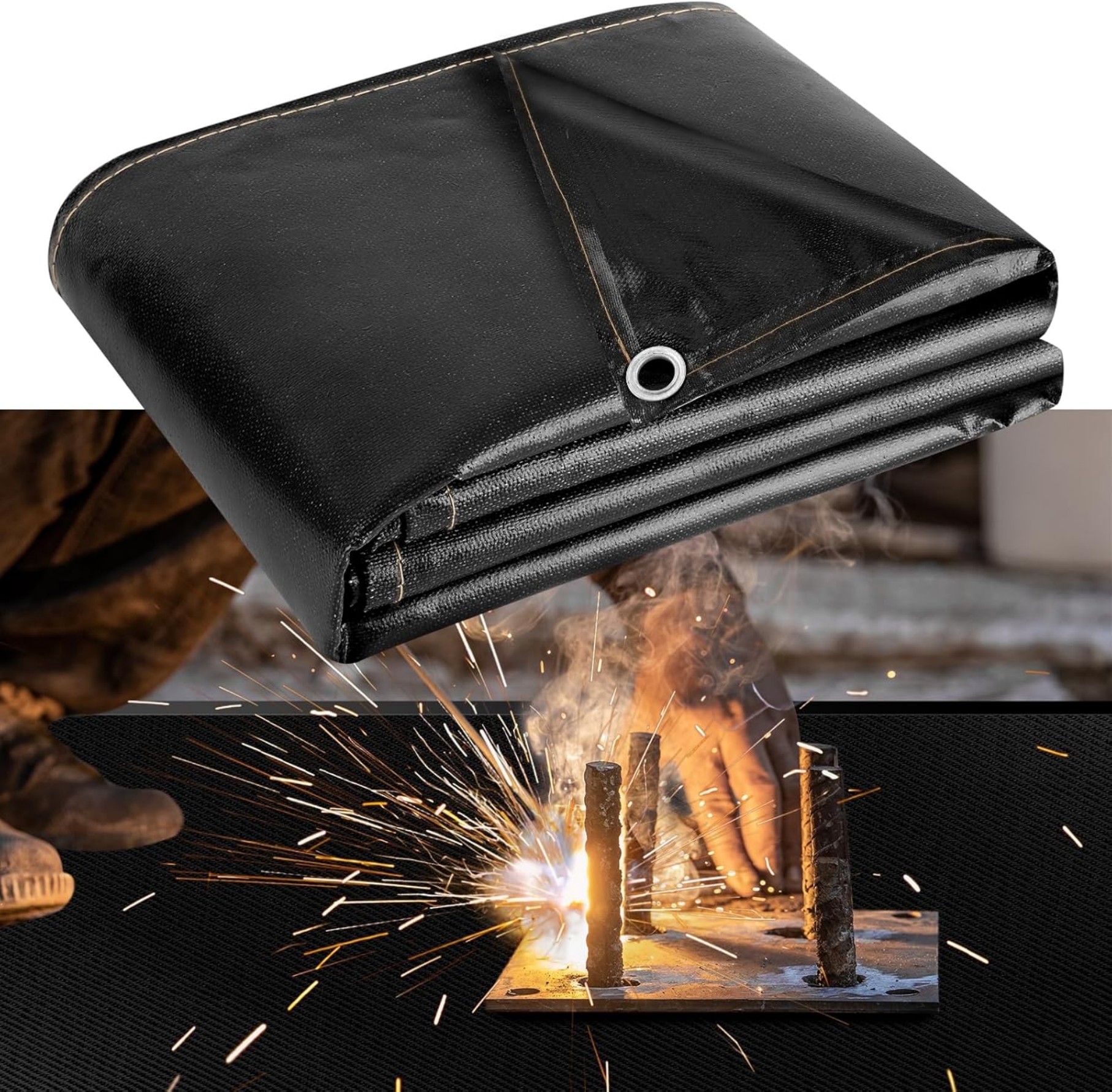How to Use a Blanket Fire Extinguisher for Home Safety
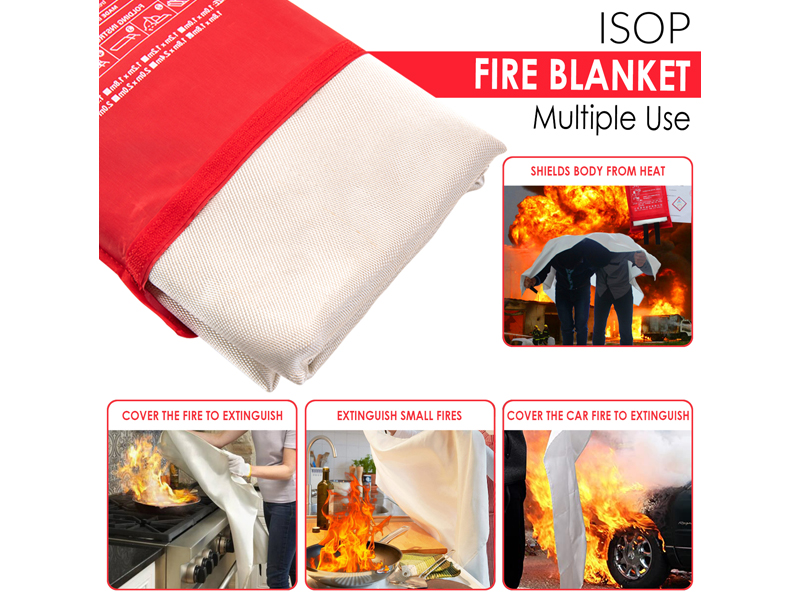
A blanket fire extinguisher is an essential safety tool for smothering small fires. This guide explains how it works, when to use it, and proper handling techniques. You'll learn its advantages over traditional extinguishers and best practices for home fire safety.
What Is a Blanket Fire Extinguisher?
A blanket fire extinguisher is a safety device made from fire-resistant materials designed to smother small fires by cutting off oxygen supply. Unlike traditional extinguishers that spray chemicals, fire blankets work through physical contact with flames.
Modern fire blankets are typically constructed from:
- Fiberglass fabric
- Wool treated with fire-retardant chemicals
- Specialized silica-based materials
When to Use a Fire Blanket
Blanket fire extinguishers are most effective for:
- Small kitchen fires (grease, oil, or electrical)
- Clothing fires
- Small trash can fires
- Laboratory fires
Never use a fire blanket on large fires or chemical fires. For these situations, you need proper fire extinguishers or professional help.
How to Use a Blanket Fire Extinguisher Properly
Follow these steps for safe and effective use:
- Pull the blanket from its container by the tabs
- Hold the blanket with your hands protected behind it
- Approach the fire carefully from upwind
- Cover the flames completely with the blanket
- Leave the blanket in place until the fire is completely out
- Call emergency services if needed
Advantages of Blanket Fire Extinguishers
Compared to traditional extinguishers, fire blankets offer several benefits:
- No chemical residue or cleanup required
- Reusable after proper inspection
- Simple operation with minimal training needed
- Effective on grease fires where water would spread flames
- Compact size for easy storage in kitchens and workshops
Maintenance and Storage Tips
To ensure your blanket fire extinguisher works when needed:
- Store in an easily accessible location
- Keep away from direct sunlight and moisture
- Inspect monthly for damage or contamination
- Replace if the blanket shows signs of wear or has been used
- Follow manufacturer's guidelines for specific care
Common Mistakes to Avoid
When using a blanket fire extinguisher, people often make these errors:
- Throwing the blanket instead of carefully placing it
- Removing the blanket too quickly before the fire is fully extinguished
- Using on fires that are too large for the blanket to cover
- Storing near heat sources that could damage the material
Blanket Fire Extinguisher vs. Traditional Extinguishers
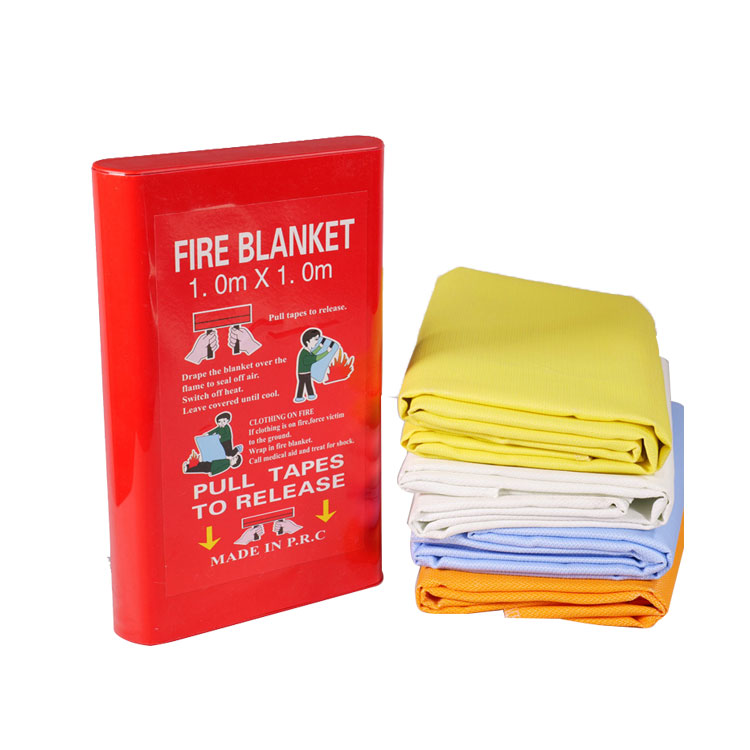
While both have their place in fire safety, here's how they compare:
- Fire blankets are better for small, contained fires
- Traditional extinguishers can handle larger fires
- Blankets create no mess or chemical exposure
- Extinguishers require more maintenance and inspection
- Blankets are often easier for untrained users
Choosing the Right Blanket Fire Extinguisher
When selecting a fire blanket, consider:
- Size (standard is about 1m x 1m for home use)
- Material quality and certifications
- Ease of deployment from its container
- Temperature rating (should withstand at least 500°C)
- Manufacturer reputation and warranty
For optimal home safety, experts recommend having both a blanket fire extinguisher and a traditional ABC-rated extinguisher. The blanket handles small kitchen fires while the extinguisher covers larger emergencies. Proper placement (near potential fire sources but not too close) and regular inspection ensure they'll work when needed most.


